Learn to Poop Outside Responsibly with a Backcountry Bidet
Pooping in the backcountry is unlike pooping at home in many important ways. Digging a proper cat hole requires patience. An emergency quickly flares into an EMERGENCY without proper planning. There’s no sink for washing up afterward, and no frosted glass to blur you into anonymity. Forcing trail-abused legs into an uncomfortable squat inevitably keeps doo doo dawdling to a minimum of one risks never straightening up again at all.
However, perhaps the most relevant difference for backcountry poopers is the lack of the magical whirlpool portal to yank solid waste and soiled toilet paper into oblivion, out of sight and out of mind. This isn’t a subject for polite society, but we’re backpackers, dirtbags, and hikertrash. Poop is part of our culture.
TP vs. LNT
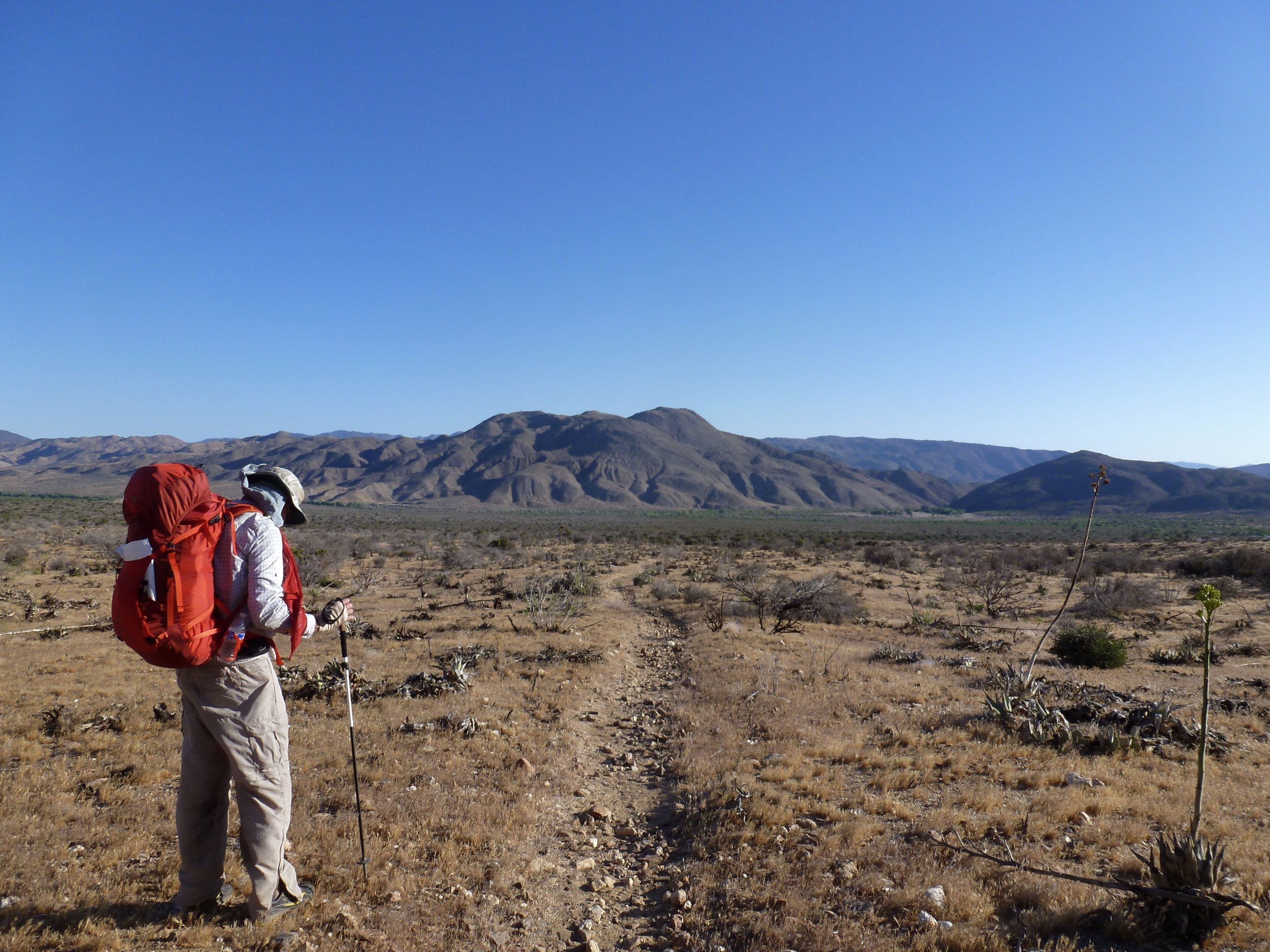
Toilet paper takes many years to decompose in dry soil. The busiest part of the PCT is one of the least suited to handling this nasty kind of garbage.
Unfortunately, with backcountry usage increasing across the nation, especially in the most popular areas, buried TP is clambering from the grave, back into sight and back into mind. The white paper can take 1-3 years to decompose in ideal conditions, and potentially (much) longer in the cold, wet, or dry soils of alpine, wetland, or desert environments. Toilet paper “blooms” are a common sight along the southern portion of the PCT, where heavy usage combines with dry desert dirt and the gruesome leavings of hiker hunger to turn the National Scenic Trail into a National Septic Tragedy.
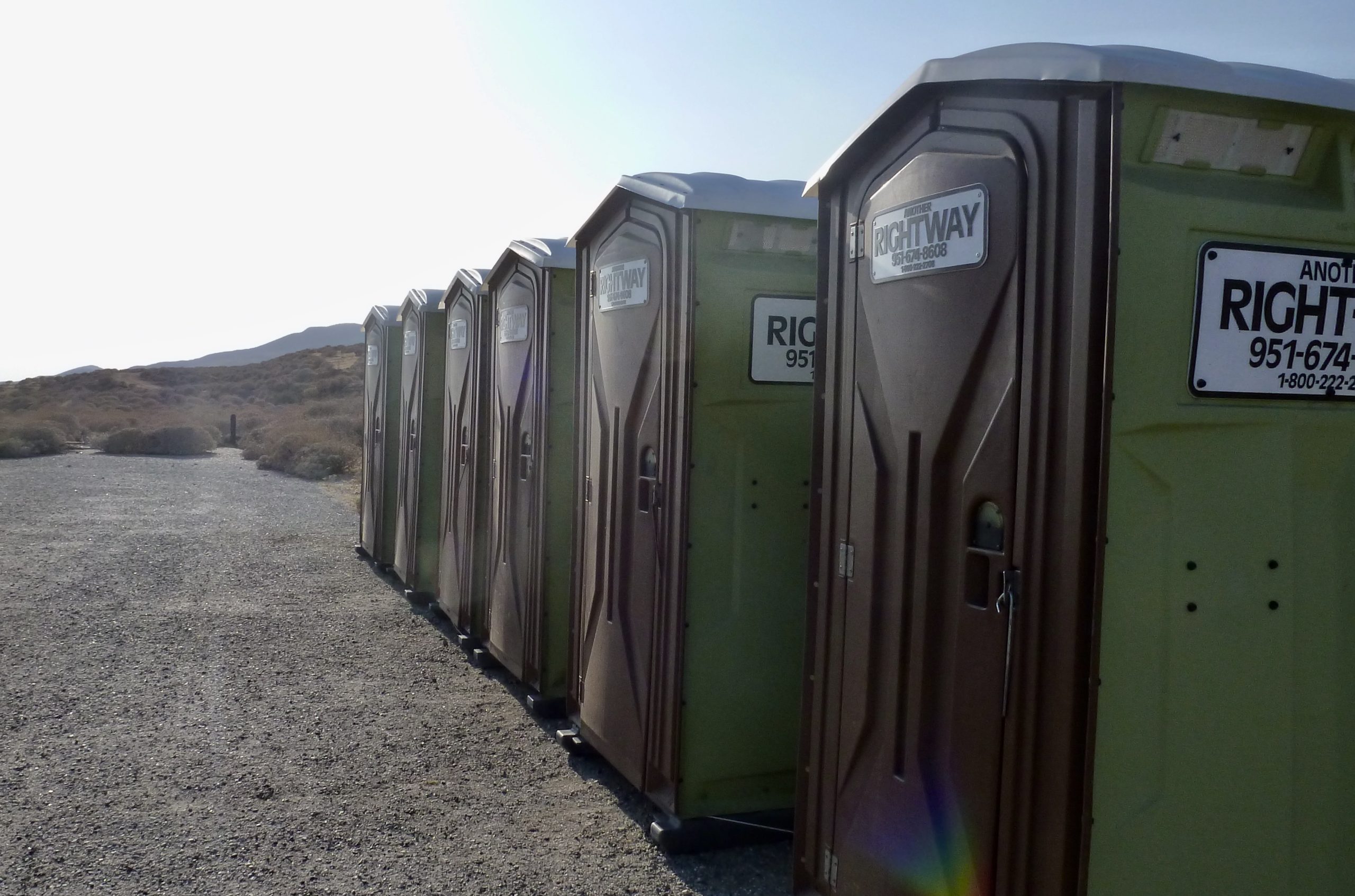
In 2015 it took six porta potties to accommodate hiker leavings at PCT trail angels Ziggy and The Bear’s place. That’s a lot of poop!
Okay okay, it’s not really that bad, but the backcountry is suffering needlessly. Leave No Trace (LNT) principles dictate packing out used TP rather than burying it. Hikers who fail to abide by these simple tenets are either uneducated, indifferent, or have yet to shake the squeamishness of their polite societal upbringing.
My Confession
I buried my backcountry TP for years, including during the entirety of my 2015 PCT thru-hike. The outdated practice is what I learned growing up in the Boy Scouts. Some small sense of entitlement convinced me that I was justified in maintaining my status quo rather than adapting to the latest best practices. I ignored the pleading persuasions of the PCTA to “pack it out” because it seemed inconvenient and downright nasty.
After the PCT, when my guilt got the better of me, I started burning my toilet paper in the backcountry. I still wasn’t ready to carry it out, and I hoped to make my TP problem literally disappear. It worked for the most part, but this method is far from ideal. Starting a fire in the backcountry, no matter how tiny or well placed, is risky business. I shudder to think of the many thousands of backcountry users employing this same technique and the disasters that would inevitably ensue. Lightning causes enough fires in our increasingly flammable forests. Humans already start many more in stupid ways. No need to add ‘pooping’ to that list.
So here I am, after over a decade and a half of pooping in the woods the wrong way, finally doing it right. But here’s the kicker, I’m still not packing out my TP.
No TP, No Problem
The key to not dealing with packing out poopy TP is to not pack in clean TP (or that fat stack of napkins included with your Taco Bell burrito(s)) in the first place. Simple. One way to achieve this is by using natural materials found onsite to wipe. Snow, smooth stones, sticks, and soft leaves all do a surprisingly good job. In fact, toilet paper is missing from the gear list on all backcountry trips hosted by Big City Mountaineers, a wonderful non-profit that brings youth participants on excursions into the backcountry, likely their first.
I won’t lie though, natural options are not Charmin soft. Even the half-ply National Park toilet paper feels plush compared with glacier-polished Sierra granite. After a few rugged, TP-less days north of Kennedy Meadows on the PCT, I used leaves intermittently when available. However, by the time I hit Oregon, I had fallen back into old, bad habits. In the following years, besides several desperate moments on the CDT, I was back to TP all the way. I applaud anyone who sticks with sticks, but this isn’t a viable long-term method for me.
The Way of the Bidet
This July I moved into a house with two toilets. Luxury, I know. There’s nothing special about the one at ground level, but in the basement, lurking deep in the earth, what awaits is no casual commode. An aftermarket attachment has upgraded the humble porcelain throne into a firehose of a bidet. I was hesitant to try it at first and it took some practice to get right, but I am now a full convert to the way of the bidet.
It was this positive experience that initially opened me up to the idea of using a bidet in the backcountry. Earlier in the year, I stumbled on the CuloClean, a travel bidet that only weighs 12 grams and attaches to most plastic bottles. I had chuckled initially, but with my new-found appreciation for the butt-cleaning power of water, I decided to snag one, hoping it would help me get over my backcountry TP problem.
CuloClean Backcountry Bidet At-a-Glance
MSRP: $8.99
Weight: ~0.5 ounces (12grams)
Material: Plastic
Compatibility: Most narrow-top plastic bottles
Intended Use
The CuloClean is a multipurpose personal hygiene product. It produces a strong jet of water that can be used for many different applications, just about anywhere. I use mine in lieu of TP to clean up after pooping, but I can see it being useful in other ways, such as irrigating a wound to clear it of dirt before dressing.
Circumstances of Review
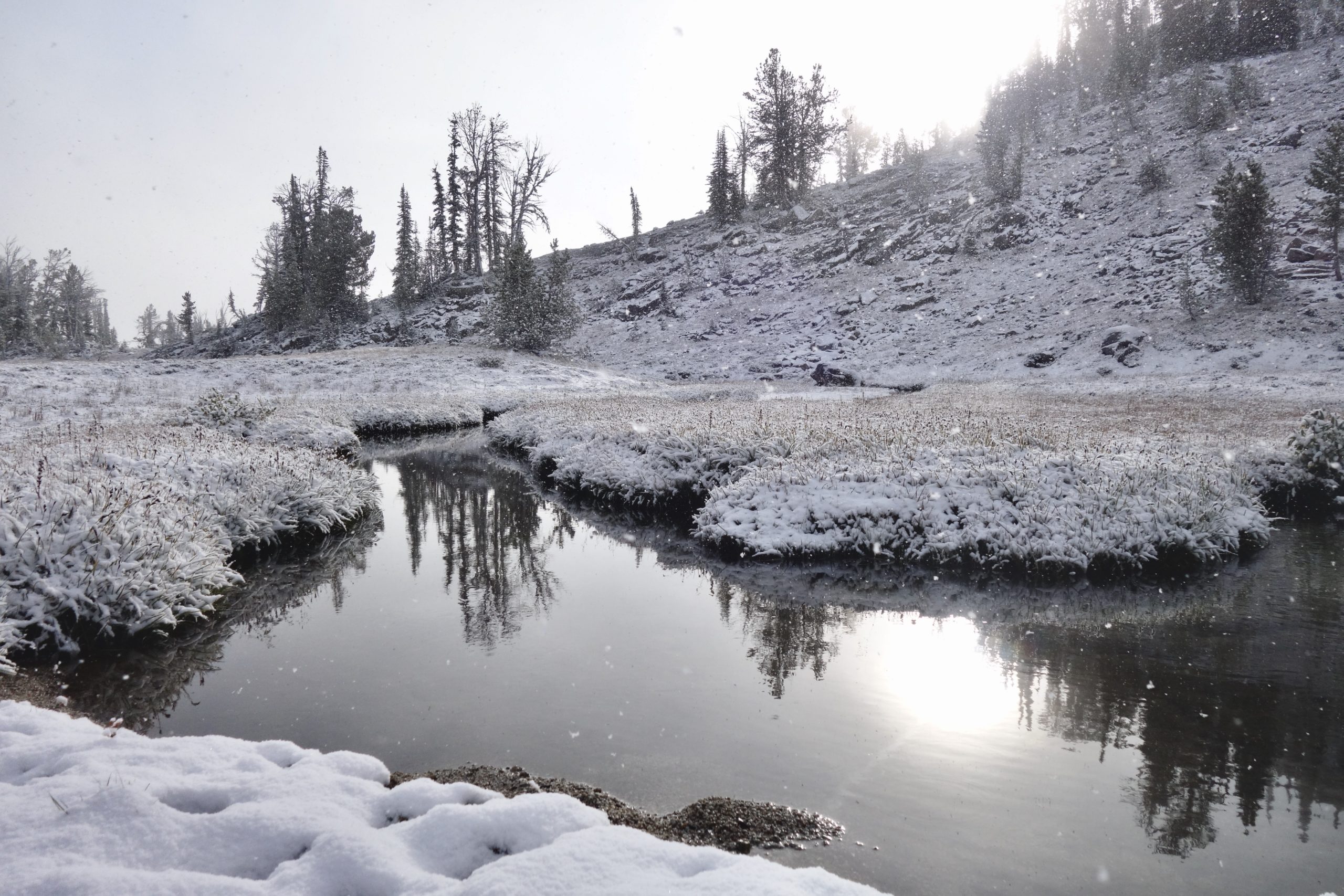
An icy blast from the CuloClean wakes me up better than a cup of coffee. Snow is a good substitute for TP too, but I used the backcountry bidet less than five minutes after this picture was taken.
After a few weeks of practicing at home, I brought the CuloClean on a four-day loop in eastern Oregon’s Eagle Cap Wilderness. My diet of beans and cookies provided ample opportunity to put it to the test. I brought a few squares of TP as backup, but never considered using them, even when faced with filling my bidet bottle from a frigid puddle of snowmelt. Bidet all the way.
CuloClean Backcountry Bidet Features
Portable: The CuloClean is tiny, which makes it easy to take just about anywhere. The major caveat is, of course, that its use also requires a bottle.
Eliminates need for TP: TP is not just a backcountry problem. Bidets in general are better for the environment than toilet paper. TP left in the wilderness is obviously bad news, but even a responsibly flushed roll comes at a steep cost. In the “Issue With Tissue” the National Resource Defense Council (NRDC) highlights how the largest producers of toilet paper in the US source material from some of our most climate-critical environments, including virgin wood from Canada’s boreal forests. We are literally “flushing away our forests.” Bidets benefit the backcountry and the climate as a whole.
Versatile: A clever design makes the CuloClean compatible with most plastic bottles. No matter what you like to drink, chances are you’ll down a delicious beverage before christening your backcountry bidet.
Variable pressure: The water stream’s intensity varies with the squeeze pressure applied to the bottle. From gentle to invigorating.
Ease of Use
The CuloClean weighs about the same as a bite of Clif Bar and does the job well. However, I recommend practicing at home where there is ample TP to check your work. It took me some time to find my favorite bottle and dial in my aim.
The device fits snuggly in the neck of an open plastic bottle. Two o-ring diameters accommodate the two most common bottle measurements (Smartwater OK. Gatorade not.) Just fill the bottle, press in the CuloClean, aim, then squeeze.

Take aim, then give the bottle a squeeze. The CuloClean produces a well-shaped stream that does the job.
It’s probably good form to carry a dedicated bottle specifically for use with the CuloClean. I like the skinny profile of Sparkling ICE, and the 17-ounce volume has never left me high and dry. Bolder hikers might get away with something smaller. Flexible bottles like the Platypus Softbottle or Sawyer Squeeze pouches do not work well, unfortunately. They are harder to aim and lose a significant amount of water to gravitational forces.

My old poop kit on the left (bad). My new poop kit on the right (good). Don’t laugh at my trowel, it’s seen a lot.
Importantly, no matter how inconvenient it may seem to pack an empty bottle to accompany this widget, as a tool to reduce ecological impact, it’s worth it. I don’t see this bidet as a luxury item. Nope, it’s nearly on par with the 10 Essentials, one of those non-negotiable items that’s on every gear list, no matter how ultralight. Shaving ounces, or grams, in this case, is no excuse to selfishly degrade our shared spaces. Have a plan for pooping. Pack it out if you pack it in, wipe with leaves, or use a backcountry bidet.
Pros
Lightweight: Even including a dedicated bottle, the CuloClean doesn’t weigh a whole lot.
Cheap: $8.99 is a small price to pay for a pristine backcountry, free from unsightly TP blooms.
LNT: A trail bidet is LNT-compatible as long as you locate and dig your cat hole to specifications. Not bringing TP means there is one less trace to leave behind.
No TP: Confident users will not need to carry any TP at all, which is great for the environment. Eschewing TP also means that there is nothing nasty to bag up and pack out, which is great for the poop-averse hiker.
Effective: In my personal opinion, bidets are more hygienic than TP. However, this depends on the competency of the user. Results will vary.
Simple: The CuloClean is a simple product that is simple to use. There are no moving parts or anything to suggest that it will not last a very long time.
Clean hands: This version of the backcountry bidet is essentially hands-free and keeps your digits a safe distance from the action. The CuloClean squirts water, which is an effective cleaner by itself and eliminates the need to feel around back there. It’s still a good idea to use hand sanitizer before diving back into that bag of chips, though.
Cons

It’s a bummer that flexible bottles don’t work with the CuloClean, but my 17oz bottle is still pretty compact.
Takes practice: Bidets are arguably less fool-proof than TP and might take practice to master. It took me some time, but my partner, SpiceRack, claims that she nailed it on her first try. Regardless, I recommend starting in the privacy of your own home where you can phone a friend if anything goes awry.
Requires H2O: In water-scarce environments, every ounce matters, and spilling 17 on the ground feels like a waste. Not only is water heavy, but risking dehydration for a luxurious butt bath may not be viable. These issues can be mitigated by knowing your body and planning accordingly around known water stops, but Nature’s call is impossible to tame.
Dedicated bottle: Even a slender 17-ounce bottle is bulkier than a few days worth of TP. Unfortunately, flexible bottles do not work well with the CuloClean.
Gets you wet: A bidet is like a shower for a very specific part of your anatomy, so it should come as no surprise that the CuloClean will get you wet like a shower. Some at-home bidets have an air-dry feature, but this is a luxury not afforded to the backcountry bidet user. A quick google search also suggests that in-home bidet users dab dry with a hand towel. A trail version of that, similar to a pee rag, is an option. So far, I’ve gotten by with just pulling up my shorts, even when it has been well below freezing. With improving aim, I’ve reduced the amount of residual wetness significantly, and I quickly forget about it.
Splashback: This is a real issue that increases proportionally with the water pressure from the bidet. I think the risk of contamination is still minimal, especially using a long-ish bottle, but I’m always careful to rinse and sanitize my hands after pooping (which is a great idea no matter where you are!). I also widen my stance a little bit to keep my feet clear.
Do Your Dooty

The CuloClean leaves me free to enjoy the boundless joys of the backcountry with a clear conscience and clean booty.
When it comes to pooping in the woods, there are three cleanup options that comply with LNT principles:
- Pack out used TP
- Wipe with what you find
- Use a backcountry bidet
While none of these are perfectly convenient, they are all worth the effort in order to limit the unconscionable spread of human poop garbage in the wilderness. As users of the backcountry, we all share a responsibility to limit our impacts on the natural landscape. When it comes to toilet paper, burying it is not good enough, and burning it is dangerous and irresponsible.

The world is a better place when we all practice LNT. That means less toilet paper trash polluting our trails, and more double rainbows like this one on the CDT. Photo credit: SpiceRack
Methods one and two both work great, but I’m for the bidet all the way. The CuloClean leaves me cleaner than TP, and feeling a tiny bit less guilty about deforestation in Canada gives me more satisfaction than it should. Desert hiking will challenge my resolve, but if journeying in water-abundant locales, I need not worry about feeling fresh. I encourage you to give the CuloClean a shot. You have nothing to lose except for the guilt of bad habits, or the baggie of poopy paper in your backpack.
Shop the CuloClean Backcountry Bidet
Disclaimer: This product was donated for purpose of review.
This website contains affiliate links, which means The Trek may receive a percentage of any product or service you purchase using the links in the articles or advertisements. The buyer pays the same price as they would otherwise, and your purchase helps to support The Trek's ongoing goal to serve you quality backpacking advice and information. Thanks for your support!
To learn more, please visit the About This Site page.

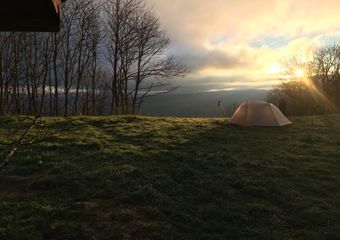
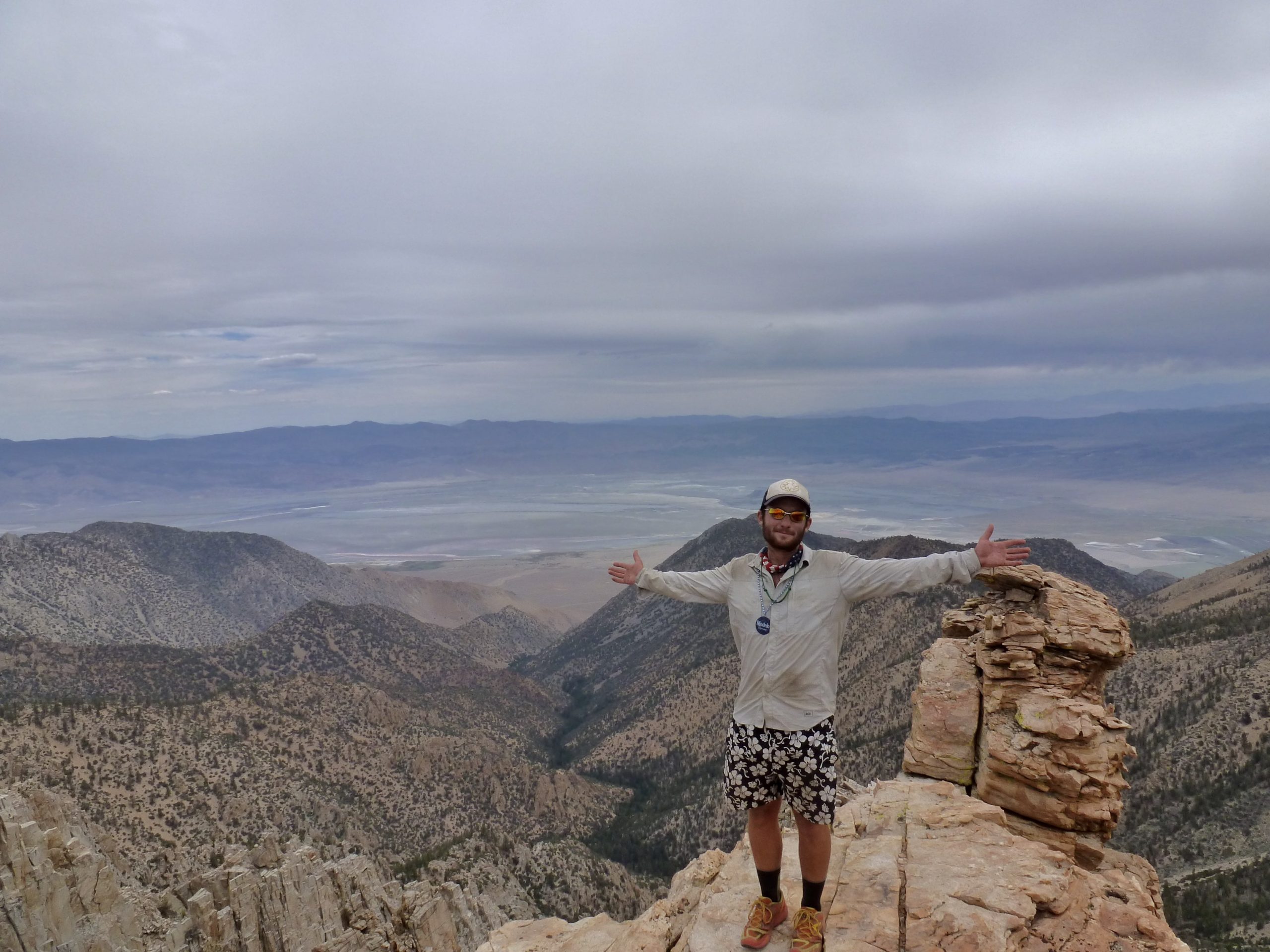

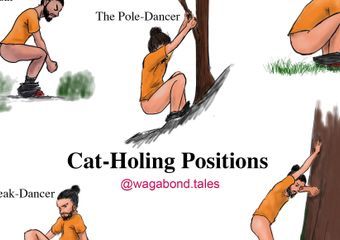





Comments 26
Thanks for the reco. I just ordered two off Amazon for $13.90 plus tax and shipping (free with Prime). Amazon also sells one for $10.90 and four for $20.94. Beyond the Leave No Trace benefits, I’m more likely to run out of TP on a long distance hike vs. running out of water — particularly if, as you suggest, one can plan one’s poops. Using a separate bottle is a good suggestion as well. I’d rather my bidet bottle sprang a leak from use vs. one of my drinking water bottles.
Awesome, I really hope you like your bidet! It is certainly true that water is more abundant in the backcountry than toilet paper. There are some places that finding water is an issue, but those are a rarity (though, they can’t be overlooked). I’ve run out of TP a handful of times and it’s always when I’m surrounded by pine needles and pine cones, of course. Eventually, I just gave up on permanently learning that lesson. With the CuloClean now, hopefully I won’t need to re-learn it again.
And a dedicated bidet bottle seemed like a no-brainer to me. I really don’t think it’ll get nasty, though. I just can’t imagine drinking out of something that’s been so close to some really dark areas. I’d never forgive myself if I gave myself giardia because I drank out of my bidet bottle!
Great article! Thanks for posting.
One question: How does one dry off?
Ahhh, that’s a great question. And not just in the backcountry, but also at home if you have a bidet.
Short answer: You don’t. Or at least, I don’t.
Long answer: I usually do a little wiggle to fling the drips off, then just yank up my pants/shorts. In warm weather, I couldn’t care less if I’m a little wet. When it’s cold, I just deal with it. The discomfort is gone as soon as I start moving again.
I suppose that if one was strongly in favor of getting dry, they might try a small rag or towel. A sibling to the classic pee rag. I wouldn’t wipe my face with it, but it should stay pretty clean if you’re doing it right. If you’re not, at least you’ll know it!
Fascinating. I’ll give this a try. Thanks!
Steve / pearwood
Fascinating indeed. It took me a while to realize that a trail bidet was more than just an oddity, that it might actually be useful. Like I said in the article, I was set in my ways.
I hope you enjoy your bidet, pearwood. Let us know how it goes!
I’ve been using a backcountry bidet for a couple seasons. It’s great not having to worry about having enough TP to get through to the next resupply. I’ve been using a silicone squeeze bottle, like GoToob. It’s a bit more compact and has a good squeeze to it.
Glad to see others being converted!
Oh cool! It’s great to hear from a long-term bidet user. It’s funny that you mention the GoToob. I was checking them out at REI today, wondering if one would be suitable. I guess you don’t need a bidet widget like the CuloClean for that to work, huh? Does the water shoot out with enough pressure with the standard cap? I like the firm yet squeezy material of those bottles a lot.
This is genius!!! Thank you for sharing!
Of course! The CuloClean is a great little device. While it won’t be for everyone, I think that the more people who hear about it, the better. It never occurred to me before that a bidet might be a solution in the backcountry. Let us know how it goes if you try it out. I’m still new to it myself, so I’m sure there’s plenty more to learn from other users. We’re all in this together!
I switched in 2017 for the JMT and honestly I loved it. I add a surgical glove per day along with a quart freezer bag with some baking soda to deposit the used gloves in. This ups the hygiene element in case you need to “get in there”. I try and convert all I come across to the church of the backcountry bidet. Skurka has a good youtube video that discusses the general system, but it is pre-bidet attachments. It does take practice and fails can be mitigated in the beginning by “Winnie the Pooh-ing” it until you get the hang of it. It is also overall less weight and bulk honestly when you can get rid of the TP in a bag in your pack so it doesn’t get wet. I keep my trowel and system in an outside pocket and it works great. Please give it a try!
Thanks for your tips, Gregg! I’m happy to hear a positive review from someone who has been at it for a while. Do you use a CuloClean, or something else? So far I’ve felt pretty safe just rinsing my hand then using sanitizer, but a glove is a great idea for more skeptical users.
I remember watching Skurka’s video and reading his post about it, but at the time it seemed like a sure path to a stomach bug. That’s a popular way to do it over large parts of the world, but I’m glad I can skip it with the CuloClean.
Should have mentioned that, but yes I use the CluoClean. The bottle neck size versatility is what sold me. Especially when you never know if you’ll need to replace a lost or damaged bottle in town and are not sure what kind of bottle neck will be available.
I agree about Skurka, if your digging in bare handed and only slapping on some hand sanitizer?!? That is were I decided to use the glove if needed. I wash up after and apply hand sanitizer. I hike with contacts so I try and keep my hands as clean as possible since I have to stick them in my eyes daily.
Tried CuloClean and Hygienna Solo. Weight is a wash (npi), but I much prefer the angled head of the Hygienna, which is more ergonomic to use and reduces gross backsplash.
Very interesting indeed! I wasn’t aware of the Hygienna (or other similar products), but they look like a great option. I can see how that angled head would make it easier to use for sure. Perhaps I’ll pick one up and do a comparison review.
Thanks for the tip, Ben!
I’m not opposed to trying new concepts and I might give this a try (at home). But the bulk and weight of the bottle and cap far exceed carrying a couple of ziplock baggies to seal the used TP. If the smell really appalls you, use a small odor-proof bag. And if you’re a, um, clean pooper (no residue to wipe), the amount of required TP is very small. Even if you need a lot of TP, it weighs almost nothing!
Your article should have addressed the very real question of “how do you get dry?” Your response (in the comment section) that you don’t mind pulling up the shorts with a wet butt will leave many people quite dissatisfied. Nothing like inviting even more chapping in that area! But just as in Europe, for someone to get dry, they either have to use TP (sigh) or a poop rag. Really? You won’t carry your used TP in an odor-proof bag but you’ll carry a rag that’s been wiped across…well, you know. I’m not sayin’, I’m just sayin’! LOL.
Kurt, I’m with you that a size and weight of a backcountry bidet are not important advantages over using toilet paper. At best, I think that the bulk and weight are roughly equal, which also depends on how conservative one is when packing toilet paper (I’ve met plenty of hikers with the name “Whole Role”). However, I certainly wouldn’t say that bulk and weight of the bidet + bottle are deal breakers. We’re talking grams here, and my 17oz bottle easily slides next to my trowel in my outer mesh pocket.
To your other point: not addressing the subject of how to dry off is a pretty egregious omission on my part. Thanks for holding me accountable to that. I have added my thoughts on that subject to the “Cons” portion of the article. I agree that either ‘dealing with it’ or drying with a rag are not ideal solutions, but in my experience being a little wet is a non-issue. And I would even argue that using a bidet to rinse this area will reduce chaffing by keeping it cleaner. Dirt and the salt crystals of dried sweat are murder on the skin when rubbed. When I experience chaffing on my inner thighs or butt, a quick rinse to wash away those offenders clears up the issue. Before I would need to jump in a lake or use my hand in combination with some drips from my water bottle. Now I just use the CuloClean.
Don’t worry, carrying a butt-drying rag is just as unappealing to me as carrying a baggie of used TP.
I appreciate your thoughts, Kurt! If you do try the CuloClean, please report back and let us know how it goes.
Good thoughts, Owen. You make a good point about the sweat and dirt (and “residue”) being the main culprits of chafing. And assuming your backside is truly clean, wiping off the water should not soil the rag that much. You could hang it on the pack like women hang pee rags! (yum)
Yeah, I was thinking something like this Kula Cloth could do the trick. It’s designed to be a pee rag (antimicrobial, snaps closed) and I think it has great potential to be a great post-bidet drying cloth.
Plus: CuloClean, Kula Cloth. Coincidence? A match made in heaven.
Curious how you aim to it to avoid it running poop water down your legs. Seems like it would make the mess worse.
Hmmm, you bring up a good point. No one wants poop water cascading into their socks. However, I have not found this to be an issue at all. When the bidet is used properly, the hiker is in a full-on squat, which means that the poopy water would need to flow uphill to reach the knees. That ain’t gonna happen unless you’re in some kind of half-squat.
It is worth mentioning that in my haste to return to hiking, I never wiggle long enough to dry out completely, which means that there is still moisture and even sometimes a few drips, that I feel when I pull up my shorts. As my experience with this little device has increased, so has my confidence that any remaining water is clean-ish and, thus, not filled with poop. It took a little bit of practice for me to reach this point for sure.
In the small-sized water bottle I use (itself made locally from recycled bottle plastic). I put several drops of Dr Bronners whenever I refill the bottle. It and the CuloClean and trowel and other items are carried in a separate pocket of my pack. The soap seems to help!
Thanks for your pro-tip, Mark! I’ll try putting some Bronners in there next time I use it. I imagine one could use any leftover liquid to wash the hands. Bonus!
I used the Culo this year and it works great. I did try it out at home in the shower to get the technique down. No TP to deal with and a clean lower end. I did use Dr Bronners soap to finish off. It feels good not to leave or have to pack out my used TP. I also had a small dedicated microfiber to finish off the cleaning, which I washed when water was more abundant. Hand sanitizer finishes off the job well.